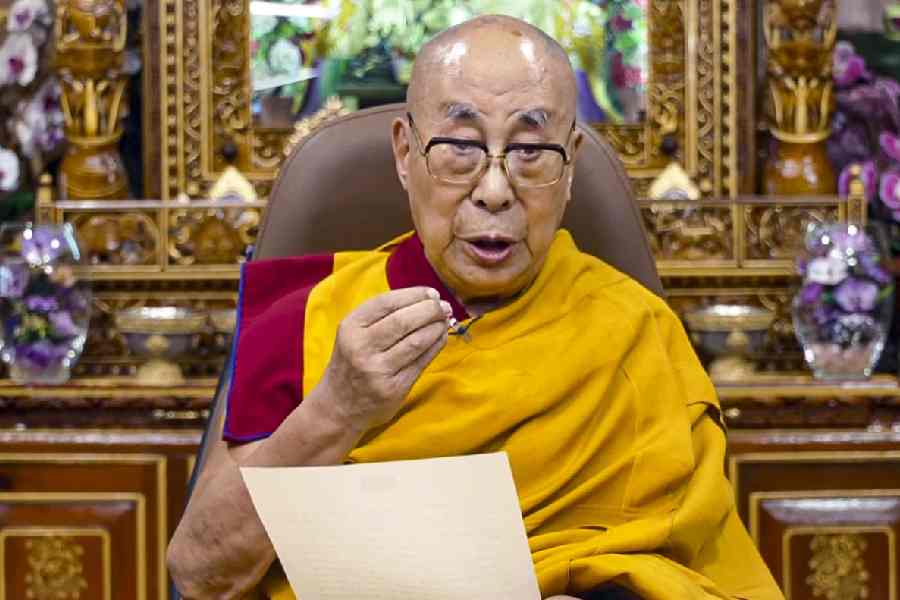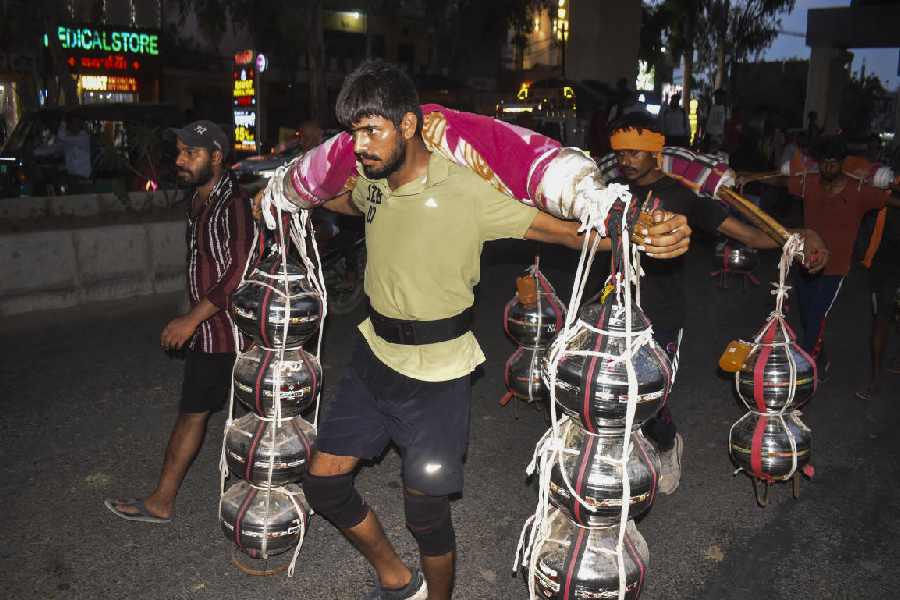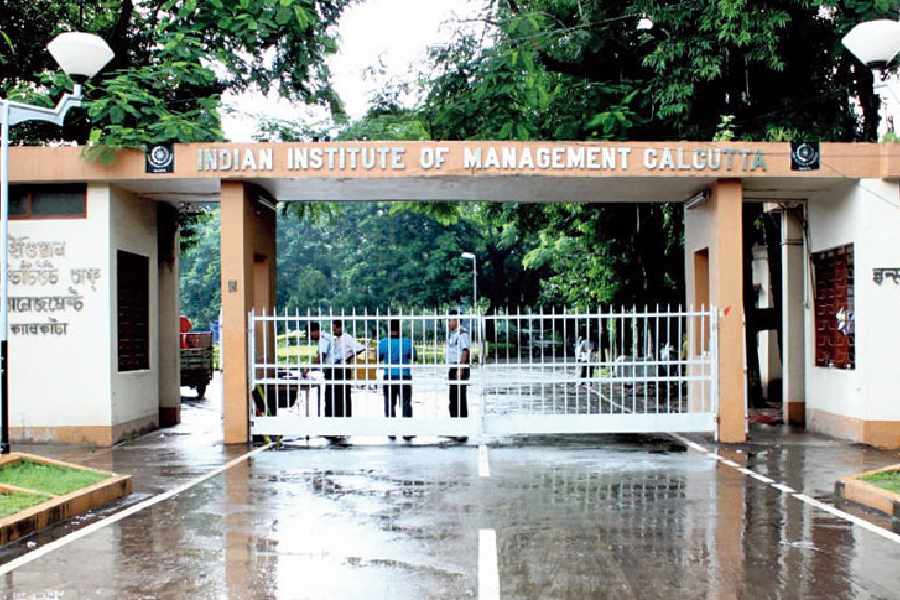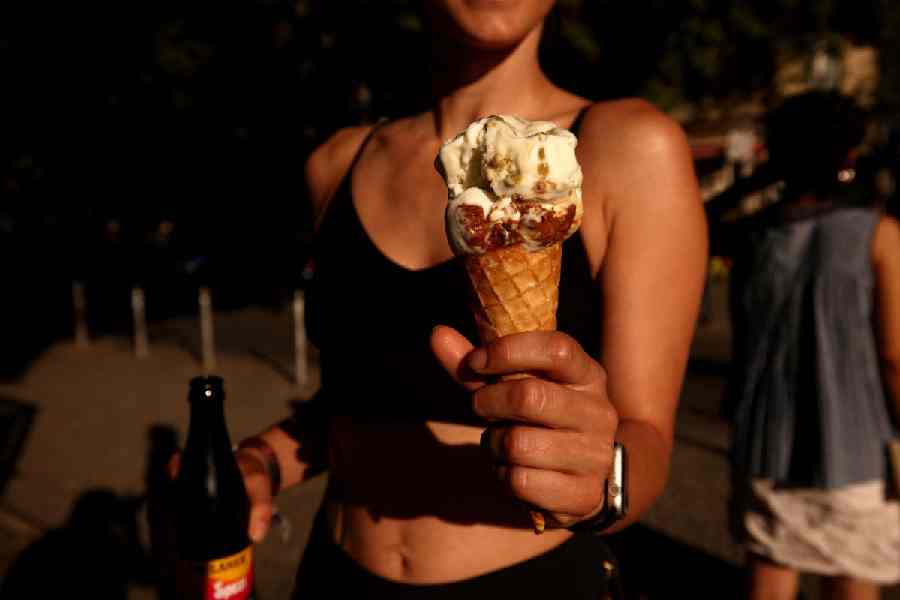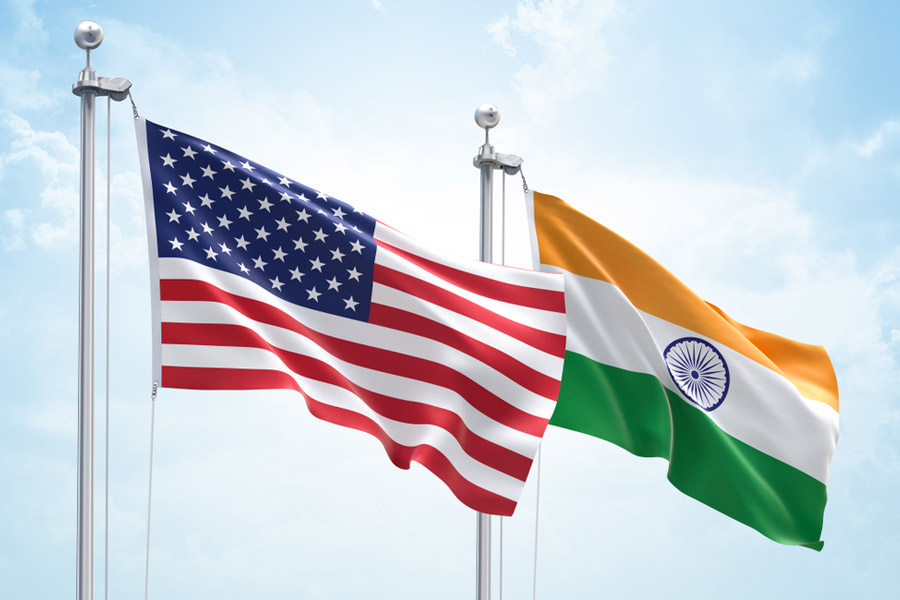
Victoria Memorial: Nawab Wajid Ali Shah, the last ruler of Awadh, is more popular in Calcutta than in his native Lucknow, one of his descendants said on Tuesday.
Shahenshah Mirza, the nawab's great great grandson, was speaking at a session titled, "The Last King of India: Nawab Wajid Ali Shah", at Victoria Memorial Hall's eastern quadrangle.
British historian Rosie Llewellyn-Jones was the other speaker. She is the author of the 2014 book The Last King in India: Wajid Ali Shah.
Mirza started by speaking about the irony of discussing the nawab on the premises of Victoria Memorial, built by the British.
The British had annexed the Awadhi kingdom in 1856, accusing the nawab of debauchery and inefficiency and exiled him to Calcutta. Shah landed in Metiabruz the same year and never returned.
Contesting the allegation, Mirza said Shah was an able administrator but he had ascended the throne in difficult times.
The Awadhi kingdom, roughly of the size of Scotland, was extremely prosperous and the capital, Lucknow, was the hub of art, culture and etiquette, Mirza said while arguing that the British always had an eye on Awadh.
Llewellyn-Jones said governor-general Lord Dalhousie wanted a bite of the Awadh cherry before he retired.
One of Shah's greatest qualities as an administrator was his secular nature, Mirza said, citing the example of Holi in Lucknow.
Holi was celebrated with great fervour, even inside Shah's palace. One year, the festival of colours coincided with Muharram. Since it was a period of mourning for Muslims, the Hindus volunteered not to celebrate Holi that year. But Shah found another way out. He ordered that the festival of colours be celebrated in the morning, followed by the mourning in the evening.
The speakers discussed Shah's stay in Calcutta, including his time in captivity in Fort William. Lewellyn-Jones took the audience through several pictures and photographs, some of which showed how Shah wanted to create a mini Lucknow in Metiabruz.





